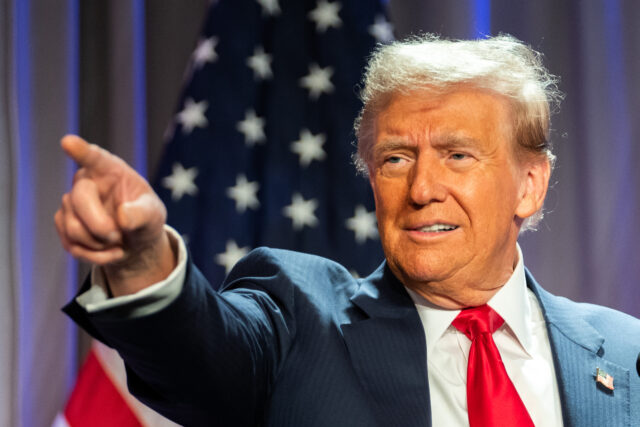The U.S. services sector posted stronger-than-expected growth in December, signaling a potential acceleration in the economy as businesses look ahead to the incoming Trump administration’s pro-growth policies.
The Institute for Supply Management’s (ISM) purchasing managers’ index for the services sector rose to 54.1 from 52.1 in November, exceeding economists’ forecasts of 53.4. Any reading above 50 signals expansion.
The December report reflects heightened business confidence amid expectations of tax cuts, deregulation, and a more favorable climate for investment. Stronger activity in key areas like financial services and insurance helped drive the gains, while demand for services remained robust through the end of the year.
Post-Election Momentum Builds
Business leaders expressed growing optimism about future economic conditions, with many expecting the Trump administration to create an environment more conducive to growth. “Generally optimistic that the incoming administration will positively affect regulatory, tax, and energy policies that will spur economic improvement,” said a senior executive in the information sector.
Most categories of the ISM survey, including production and new orders, improved in December. The business activity index surged 4.5 points, hitting a three-month high, while the new orders index edged up to 54.2, slightly above the 2024 average. The gains suggest a strengthening economy heading into the new year.
Employment remained relatively flat, with the employment index ticking up slightly to 51.4. Companies appear to be holding steady on staffing levels as they await further policy clarity, but a stronger labor market could emerge if Trump’s tax reforms and deregulation efforts gain traction.
Inflation Trends and Fed Policy
The ISM’s prices-paid index, a key measure of inflation, climbed more than six points to 64.4, marking the highest level since early 2023. While rising input costs reflect resilient demand, businesses appear more focused on potential opportunities under the new administration than on inflationary pressures.
The Federal Reserve cut interest rates for the third time in December, but policymakers have signaled a more cautious approach going forward. With the economy gathering momentum, and inflation remaining a secondary concern for many businesses, further rate cuts may not be on the horizon in the near term.
Biden’s Industrial Policy: Subsidies Without a Boom
The strength in the services sector contrasts sharply with the ongoing struggles of U.S. manufacturing, which continues to grapple with a prolonged slump. Despite massive subsidies provided by the Biden administration’s industrial policies—including the Inflation Reduction Act and the CHIPS Act, aimed at revitalizing domestic production—the sector remains in a downturn.
ISM’s factory index showed that manufacturing activity contracted in December for the ninth consecutive month, underscoring the lack of tangible results from Biden’s subsidy-fueled approach. Rather than sparking a manufacturing boom, these policies have coincided with weaker output and growing concerns about the competitiveness of U.S. producers.
By contrast, the services sector’s resurgence highlights how optimism about lower taxes and deregulation under Trump is already leading to stronger business activity in other parts of the economy.
The ISM report comes just days before the December employment data, which is expected to show healthy job growth and an unemployment rate holding steady at 4.2 percent. As businesses gear up for what they hope will be a more favorable policy environment, the outlook for the services sector remains bright.
While businesses remain watchful for specific policy details, the latest data reinforces a growing sense that the economy is shifting into a higher gear, fueled by expectations of lower taxes, reduced regulation, stronger trade relations thanks to the tariffs and new trade deals, and renewed investment. With demand holding steady and optimism running high, many companies are poised to expand, making 2025 a potential turning point for the U.S. economy.

COMMENTS
Please let us know if you're having issues with commenting.